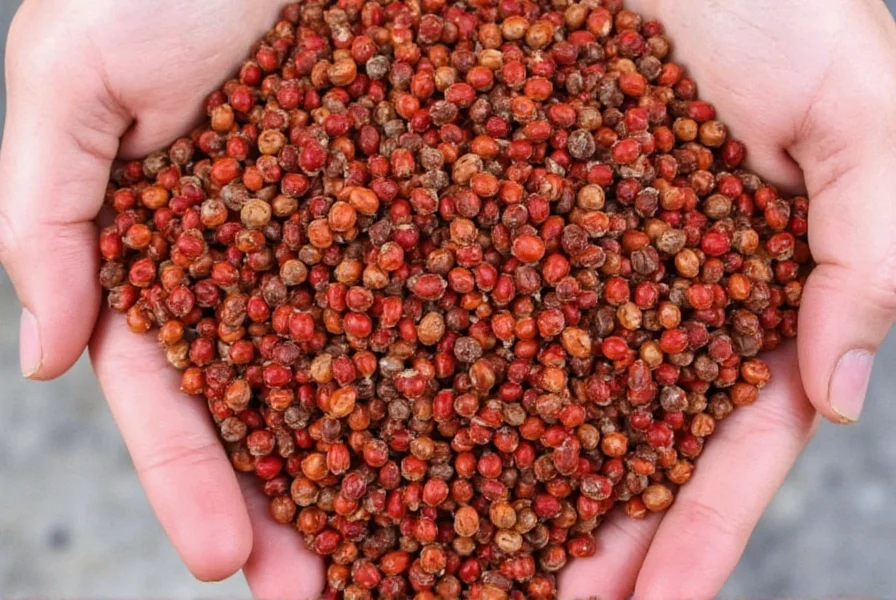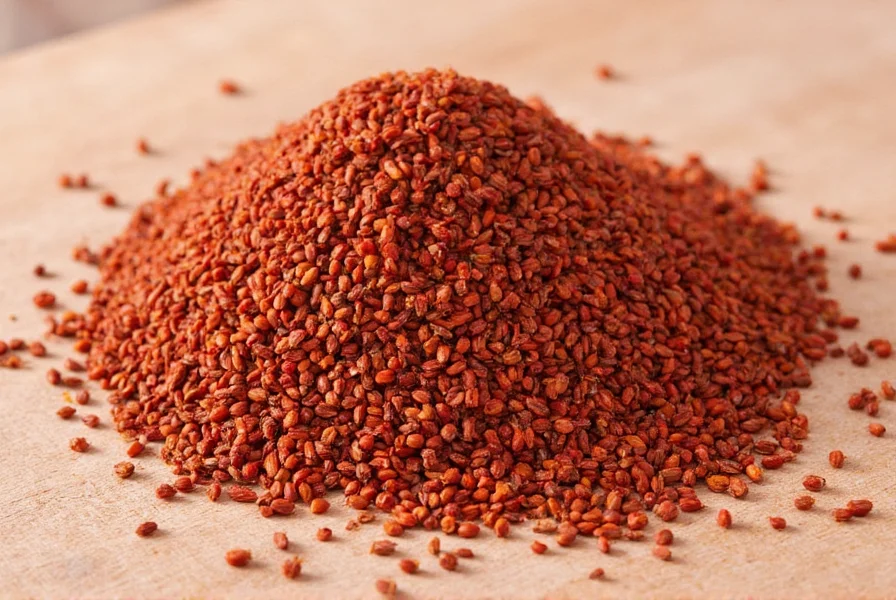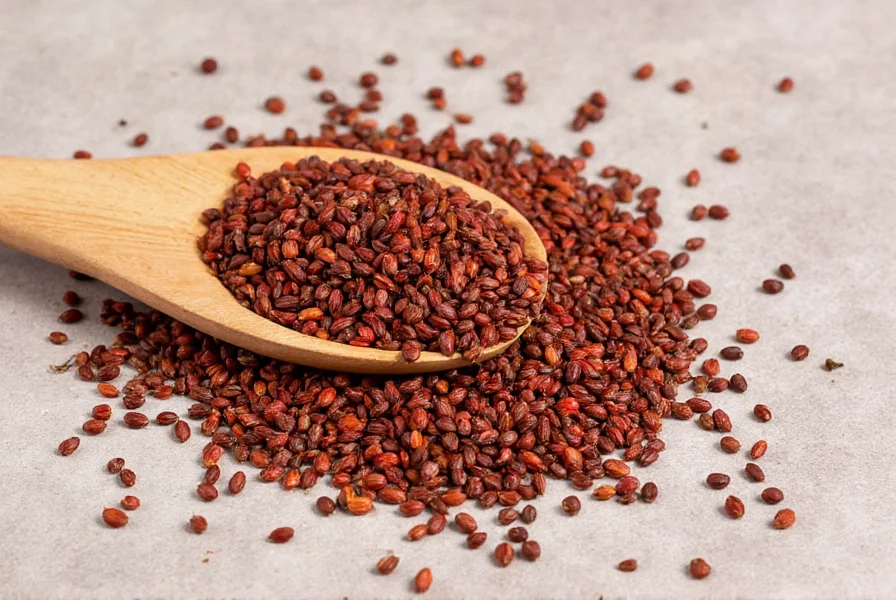Pimento seeds are the small, hard seeds found inside allspice berries (Pimenta dioica), often mistakenly referred to as a separate spice. While the entire dried berry is commercially sold as allspice, the tiny seeds within contribute subtle flavor notes when used whole in cooking. True pimento seeds contain less essential oil than the berry husk, resulting in milder flavor intensity compared to ground allspice.
Understanding pimento seeds begins with clarifying common misconceptions. Many home cooks search for pimento seeds thinking they're distinct from allspice, but they're actually components of the same botanical product. The Pimenta dioica tree, native to Jamaica and Central America, produces berries that are harvested unripe and sun-dried. What reaches your spice rack as allspice is the whole dried berry, which contains two small seeds surrounded by aromatic husk.
Botanical Identity and Common Confusions
The confusion between pimento seeds and allspice stems from inconsistent naming conventions. Allspice gets its name from flavor notes reminiscent of cinnamon, nutmeg, and cloves combined. When recipes mention pimento, they typically refer to the whole berry, not just the seeds. Spanish colonists called it pimienta (pepper) due to its pungency, leading to the name pimento in many regions.
| Term | What It Actually Means | Common Misconception |
|---|---|---|
| Allspice | Whole dried Pimenta dioica berry | A blend of spices |
| Pimento seeds | Seeds inside allspice berries | A separate spice variety |
| Pimento | Alternative name for allspice berries | Refers only to the seeds |
Physical Characteristics and Flavor Profile
When you crack open an allspice berry, you'll discover two small, hard pimento seeds comprising about 20% of the berry's weight. These seeds have a pale brown color and smooth texture. Their flavor profile differs significantly from the berry husk:
- Seeds: Mildly peppery with subtle bitterness, minimal aromatic compounds
- Husk: Rich in eugenol (70-90% of essential oil), delivering warm, complex notes
This explains why commercial ground allspice contains both components but derives most flavor from the husk. Chefs using whole berries for pickling or stews benefit from the seeds' textural contribution without overpowering dishes.
Culinary Applications of Pimento Seeds
While most home cooks use whole allspice berries or ground allspice, understanding how to use pimento seeds specifically enhances certain techniques:
Traditional Uses
- Pickling spice blends: Whole berries (including seeds) infuse vinegar-based solutions
- Slow-cooked dishes: Berries added to braises release subtle seed flavors gradually
- Caribbean jerk seasoning: Traditional recipes use whole berries ground with other spices
Modern Culinary Techniques
Chefs experimenting with pimento seed applications have discovered:
- Toast seeds separately for nuttier notes in spice blends
- Infuse cream or milk with cracked berries for dessert applications
- Use as textural element in spice crusts for meats

Nutritional Composition and Health Considerations
Research on pimento seed nutritional benefits remains limited since most studies examine whole allspice. However, available data shows:
- Higher fiber content than the husk alone
- Trace minerals including manganese and iron
- Lower antioxidant levels compared to berry husk
Traditional medicine systems occasionally use pimento seeds for digestive issues, though scientific evidence is lacking. As with any spice, moderation is key—consuming large quantities of pimento seeds may cause gastrointestinal discomfort due to their concentrated compounds.
Practical Usage Guidelines
When working with pimento seeds in recipes, consider these professional tips:
Storage Recommendations
Store whole allspice berries (containing seeds) in airtight containers away from light. Properly stored, they maintain flavor for 2-3 years. Ground allspice loses potency within 6 months. For long-term pimento seed storage, freeze berries in vacuum-sealed bags.
Substitution Strategies
If you need pimento seed substitutes:
- For whole berry applications: Use equal parts allspice berries
- For ground applications: Combine 1/2 tsp cinnamon + 1/4 tsp nutmeg + 1/4 tsp cloves
- For seed-specific texture: Toasted caraway seeds provide similar mouthfeel

Common Questions Answered
Understanding pimento seed characteristics resolves many kitchen dilemmas. When recipes call for pimento, they almost always mean whole allspice berries. The seeds themselves rarely appear as standalone ingredients in traditional cooking, though modern chefs experiment with their unique properties. For most home cooking purposes, treating pimento and allspice as identical prevents unnecessary confusion while delivering authentic flavors.











 浙公网安备
33010002000092号
浙公网安备
33010002000092号 浙B2-20120091-4
浙B2-20120091-4